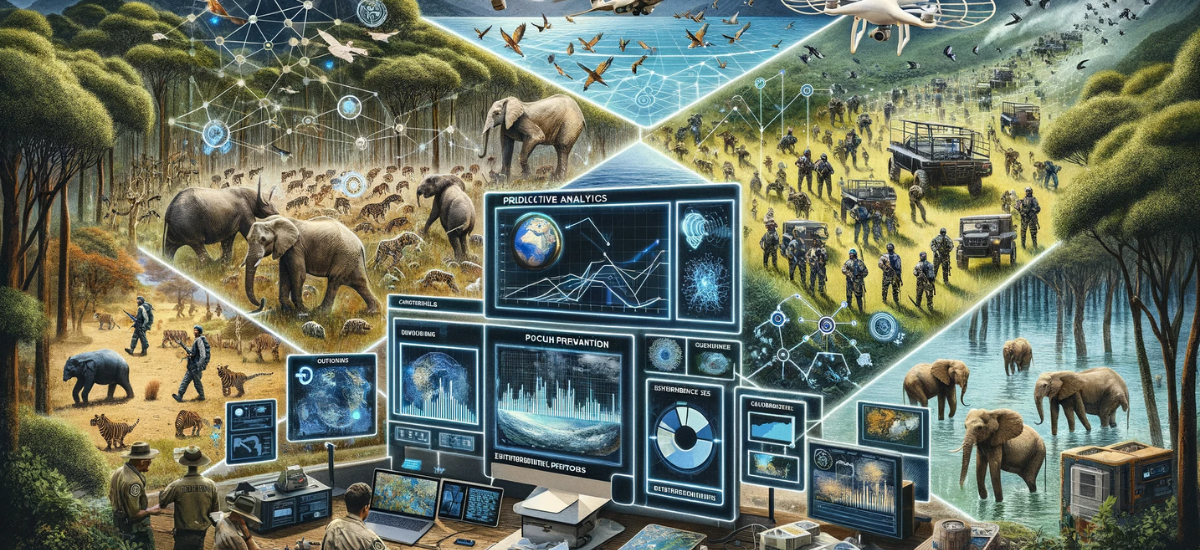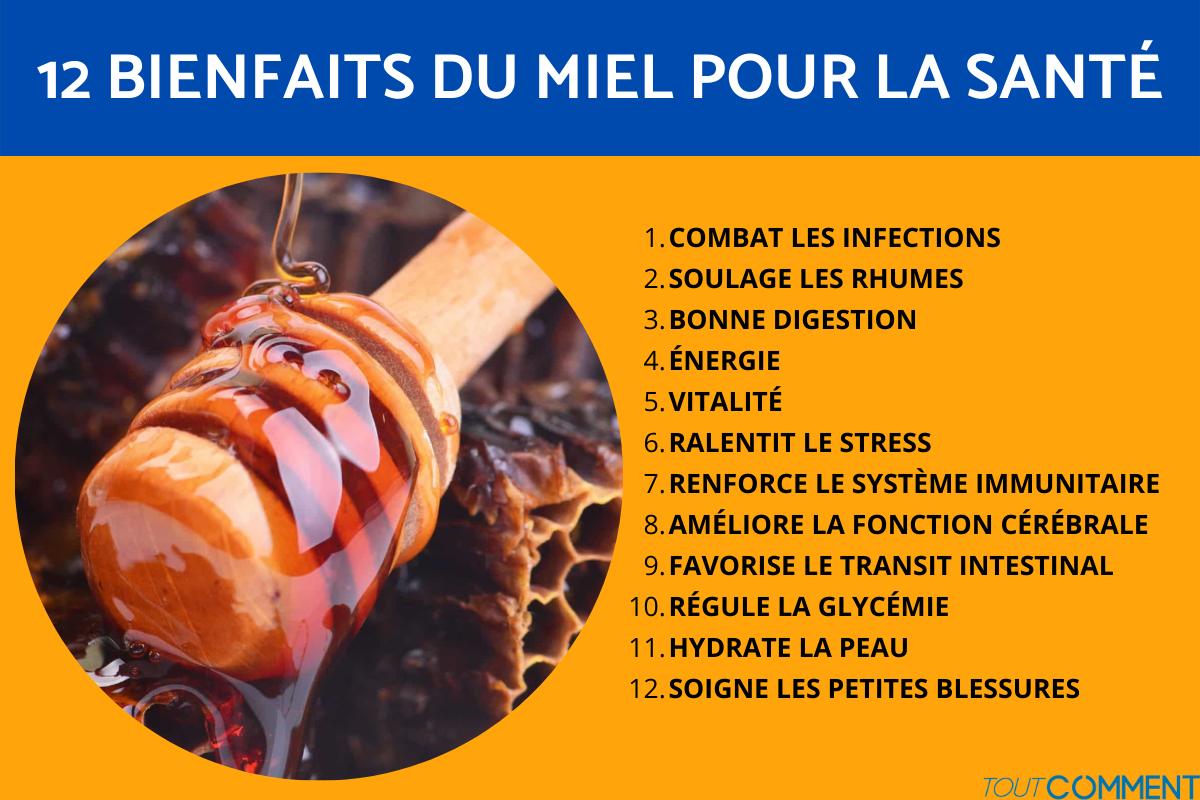AI And Wildlife Conservation: Benefits, Challenges, And The Future

Table of Contents
Benefits of AI in Wildlife Conservation
AI offers a transformative potential for conservationists, providing tools for more efficient and effective protection of endangered species and their habitats.
Improved Monitoring and Surveillance
AI-powered technologies are revolutionizing wildlife monitoring. Drones equipped with advanced cameras and sensors can survey vast areas quickly, capturing high-resolution images and videos. Camera traps, strategically placed in critical habitats, automatically capture images of passing animals, providing invaluable data on species presence, distribution, and behavior. Acoustic sensors can passively monitor animal vocalizations, offering insights into species identification and population density.
- Automated image/sound analysis: AI algorithms analyze images and sounds, identifying species, counting individuals, and assessing their health.
- Real-time data processing: Data is processed in real-time, allowing for immediate responses to critical situations, such as poaching incidents.
- Large-scale data coverage: AI enables the monitoring of expansive areas that would be impossible to cover using traditional methods.
- Identification of endangered species: AI algorithms can rapidly identify even rare or elusive endangered species from images or sounds, aiding in targeted conservation efforts.
For example, the use of AI-powered drone surveillance in the Kruger National Park in South Africa has significantly improved the detection of poaching activities, leading to more effective interventions.
Combating Poaching and Illegal Wildlife Trade
AI is proving to be a powerful weapon in the fight against poaching and illegal wildlife trade. Predictive modeling algorithms can identify poaching hotspots based on historical data and environmental factors, allowing for proactive deployment of anti-poaching resources. Facial recognition technology can help identify poachers from camera trap images, aiding in arrests and prosecutions. Furthermore, AI can analyze large datasets of wildlife trade information to detect anomalies and identify trafficking networks.
- Predictive modeling: AI algorithms can predict where and when poaching is most likely to occur, enabling proactive interventions.
- Facial recognition of poachers: AI can identify individual poachers from images captured by camera traps.
- Anomaly detection in wildlife trade data: AI can identify unusual patterns in trade data, revealing potential illegal activities.
- Improved law enforcement strategies: AI provides valuable intelligence to law enforcement agencies, improving the effectiveness of anti-poaching operations.
Successful examples include the use of AI to analyze satellite imagery to identify illegal logging activities in protected forests, and the detection of suspicious shipments of ivory through the analysis of shipping data.
Habitat Monitoring and Preservation
AI plays a critical role in monitoring and preserving wildlife habitats. Analysis of satellite imagery and drone footage using AI algorithms allows for automated detection of deforestation, habitat fragmentation, and other environmental changes. This timely information empowers conservationists to take swift action to protect vulnerable ecosystems.
- Automated deforestation detection: AI algorithms can automatically identify areas of deforestation, enabling rapid response.
- Habitat change monitoring: AI allows for the continuous monitoring of habitat changes over time, providing insights into the effectiveness of conservation interventions.
- Assessing biodiversity: AI can analyze imagery to assess biodiversity levels within an area, providing a valuable tool for habitat management.
- Optimizing conservation strategies: AI-driven insights can inform the design and implementation of effective conservation strategies.
For instance, projects using AI to map and monitor critical habitats for endangered orangutans in Borneo are providing invaluable data for habitat preservation efforts.
Enhanced Species Identification and Population Estimation
AI-powered image and sound recognition significantly improves species identification and population estimation. Algorithms can accurately identify species from images or audio recordings, even in challenging conditions. This automated identification frees up valuable time for researchers and improves the accuracy of population assessments.
- Image recognition: AI algorithms can automatically identify species from images captured by camera traps or drones.
- Acoustic identification: AI can identify species based on their vocalizations, providing insights into species diversity and abundance.
- Species distribution modelling: AI can predict species distribution based on environmental variables, aiding in conservation planning.
- Population size estimation: AI can improve the accuracy and efficiency of population size estimation, providing crucial data for conservation management.
Examples include projects using AI to identify endangered whales from drone footage and to estimate elephant populations from aerial surveys.
Challenges in Implementing AI for Wildlife Conservation
Despite its immense potential, implementing AI for wildlife conservation faces several significant challenges.
Data Limitations and Bias
Training effective AI models requires large, high-quality datasets. However, data scarcity, particularly in remote areas, is a major hurdle. Furthermore, existing datasets may be biased, leading to inaccurate or unfair outcomes.
- Data scarcity: Lack of sufficient data for training AI models is a major constraint.
- Uneven data distribution: Data may be concentrated in certain areas, leading to biased models.
- Geographical limitations: Data collection in remote areas can be challenging and expensive.
- Algorithmic bias: Biases in the data used to train AI models can lead to inaccurate or unfair results.
Computational Costs and Infrastructure
Deploying AI solutions in remote locations requires significant computational resources and robust infrastructure. This includes reliable power sources, internet connectivity, and data storage capabilities.
- Power requirements: AI algorithms require substantial computing power, necessitating reliable power sources.
- Internet connectivity: Access to high-speed internet is crucial for data transmission and processing.
- Data storage: Storing and managing large datasets requires significant storage capacity.
- Maintenance: Maintaining AI systems in remote locations can be challenging and expensive.
Ethical Considerations
The use of AI in wildlife conservation raises important ethical considerations. Privacy concerns related to the collection and use of data, algorithmic accountability, and the potential for unintended consequences need careful consideration.
- Data privacy: Protecting the privacy of both humans and wildlife is crucial.
- Algorithmic accountability: Ensuring that AI systems are fair and transparent is essential.
- Human-wildlife conflict: AI-driven interventions must be designed to avoid exacerbating human-wildlife conflict.
- Potential for misuse: The technology must be used responsibly and ethically to avoid unintended negative impacts.
The Future of AI and Wildlife Conservation
The future of AI and wildlife conservation is bright, with several exciting developments on the horizon.
Advancements in AI Technology
Continued advancements in AI technology are poised to significantly enhance its capabilities in conservation. More efficient algorithms, edge computing (processing data closer to the source), and increased processing power will enable faster and more accurate analysis of data.
- Improved algorithms: New algorithms will lead to more accurate and efficient wildlife identification and monitoring.
- Edge computing: Processing data locally will reduce reliance on internet connectivity.
- Increased processing power: More powerful hardware will allow for the analysis of larger and more complex datasets.
- More efficient data analysis: Advancements in data analysis techniques will lead to more insightful results.
Increased Collaboration and Data Sharing
Effective implementation of AI in conservation requires increased collaboration and data sharing between researchers, conservation organizations, and technology companies. Open-source data initiatives and collaborative platforms are essential for accelerating progress.
- Open-source data initiatives: Making data publicly available can accelerate AI development and application.
- Knowledge sharing: Sharing best practices and lessons learned will help improve the effectiveness of AI solutions.
- Collaborative platforms: Online platforms can facilitate collaboration and knowledge sharing among researchers and conservationists.
Integration with other Conservation Tools
AI should be integrated with existing conservation tools and techniques to maximize its impact. This includes combining AI with traditional field research, Geographic Information Systems (GIS) mapping, and citizen science initiatives.
- Combining AI with traditional field research: Integrating AI with traditional methods can improve the efficiency and accuracy of research.
- GIS mapping: AI can be used to enhance GIS mapping, providing more accurate and detailed representations of habitats and species distributions.
- Citizen science: Citizen scientists can contribute valuable data that can be analyzed using AI.
Conclusion
The integration of AI and wildlife conservation offers a transformative opportunity to address critical conservation challenges. While challenges related to data limitations, computational costs, and ethical considerations exist, the potential benefits – improved monitoring, enhanced anti-poaching efforts, more effective habitat management, and more accurate species identification – are undeniable. The future of wildlife conservation hinges on embracing these innovative technologies and fostering collaboration across sectors. Learn more about AI's role in conservation, support organizations dedicated to this critical work, and consider how your skills can contribute to the future of AI and wildlife conservation. The time to act is now; let's harness the power of AI to protect our planet's incredible biodiversity for generations to come.

Featured Posts
-
 Cassidy Hutchinsons Memoir Key Jan 6 Witness Tells All This Fall
Apr 23, 2025
Cassidy Hutchinsons Memoir Key Jan 6 Witness Tells All This Fall
Apr 23, 2025 -
 Go Dark A Practical Guide To Removing Your Digital Footprint
Apr 23, 2025
Go Dark A Practical Guide To Removing Your Digital Footprint
Apr 23, 2025 -
 Two Key Areas For Brewers Improvement A Path To The Playoffs
Apr 23, 2025
Two Key Areas For Brewers Improvement A Path To The Playoffs
Apr 23, 2025 -
 Du Dry January A La Tournee Minerale Bienfaits Pour La Sante Et L Industrie Du Sans Alcool
Apr 23, 2025
Du Dry January A La Tournee Minerale Bienfaits Pour La Sante Et L Industrie Du Sans Alcool
Apr 23, 2025 -
 Updated Sanctions Switzerland Targets Russian Media Following Eu Action
Apr 23, 2025
Updated Sanctions Switzerland Targets Russian Media Following Eu Action
Apr 23, 2025
